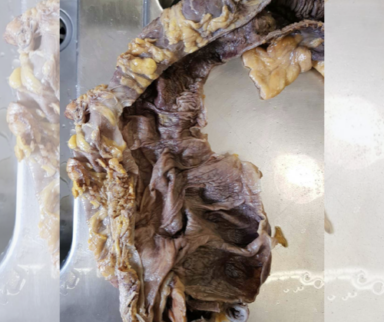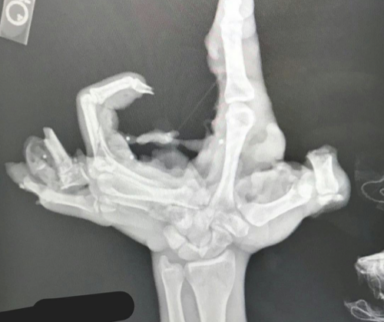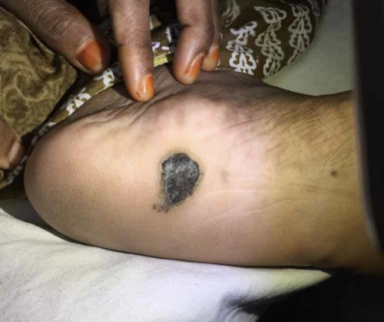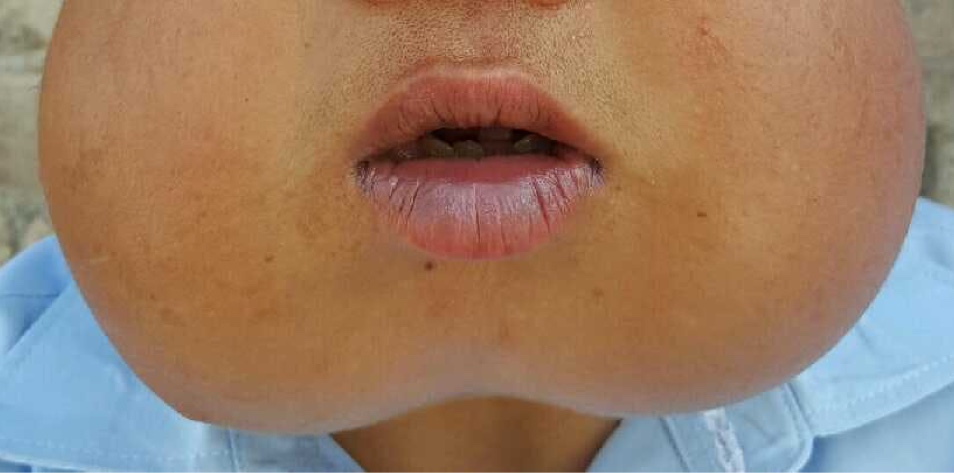
What is a Rare Disease?
Rare diseases—conditions that affect fewer than 200,000 individuals in the United States—often go untreated by medical professionals. It is estimated that between 25-30 million Americans are living with a rare medical condition. On average, it takes most rare disease patients eight years to receive an accurate diagnosis. By that time, they have typically seen 10 specialists and have been misdiagnosed three times.
So how can physicians reduce that diagnostic delay? Awareness is a big factor when it comes to recognizing the often elusive features of the disorders. Rare Disease Day, launched in Europe in 2008, is now observed annually on the last day of February in more than 80 countries worldwide. The day is meant to serve as a reminder for healthcare professionals, decision-makers, and the general public about the more than 7,000 diseases listed as rare and their impact on patients’ lives.
Rare Disease Diagnosis with Figure 1
Every day, physicians on Figure 1 are exposed to unusual and rare medical conditions. While research is being done on each of these diseases, our large, engaged community and wide range of specialists provide an ideal environment to learn about these puzzling disorders from peers who have encountered these rare disorders firsthand.
Here’s how one physician used Figure 1 to educate more than 70,000 healthcare professionals about Hunter Syndrome, a rare genetic disorder that causes developmental delay and early mortality.
See more examples of rare diseases being discussed on Figure 1
Cherubism
Cherubism is a rare genetic disorder in which maxillary and mandibular bone is replaced by fibrous tissue and bony cysts. Patients like this 14-year-old present with progressive bilateral swelling of the jaw that often begins in early childhood. While the condition may be unnoticeable in mild cases, more severe cases can result in difficulties with breathing, speech, and swallowing. Enlargement of the jaw usually continues throughout childhood, stabilizing during puberty. Bone may gradually replace the abnormal growths in early adulthood.
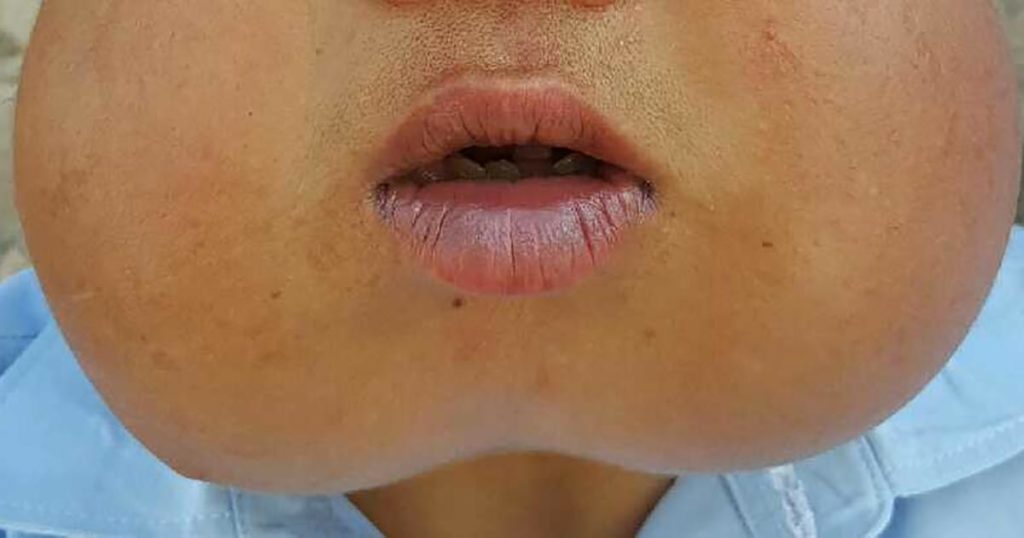
Trisomy 18 (Edwards syndrome)
Rocker-bottom foot, or congenital vertical talus, is a rare deformity of the foot characterized by a prominent calcaneus and a convex plantar surface. Its presence on obstetric ultrasound is sometimes considered a soft sign for aneuploidy. This newborn had trisomy 18, or Edwards syndrome, a rare medical condition associated with congenital malformations including microcephaly, microphthalmia, and distinctively clenched fingers. The majority of cases diagnosed prenatally die in utero or shortly after. Those who survive have severe intellectual disabilities.
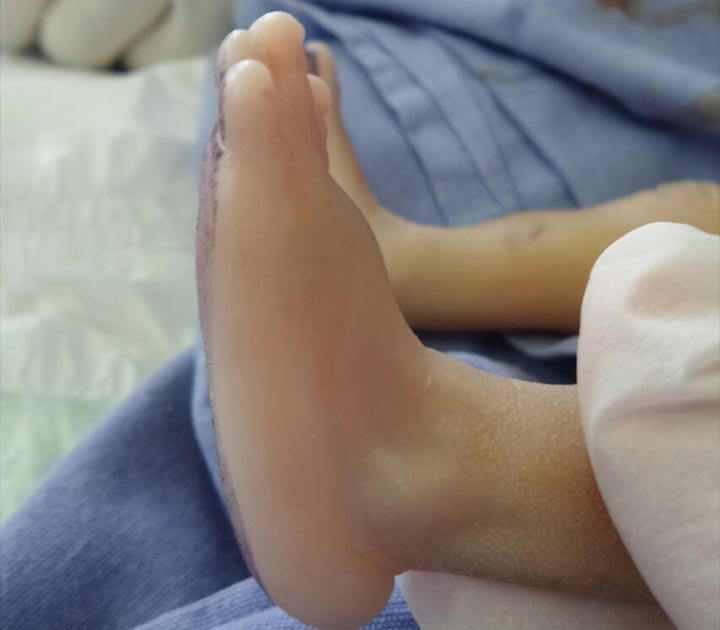
Prune Belly Syndrome
This infant was found to have prune belly syndrome (PBS) at birth, a rare disorder characterized by the complete or partial absence of abdominal muscles, undescended testes, and a dilated urinary tract. Also called Eagle-Barrett syndrome, it results in a large, lax abdomen with a thin abdominal wall through which intestinal loops may be seen. PBS affects up to 1 in 30,000 live births, with over 95% of cases occurring in male infants. There is a broad spectrum of severity ranging from undescended testes and minimal laxity of the abdominal wall to stillbirth.
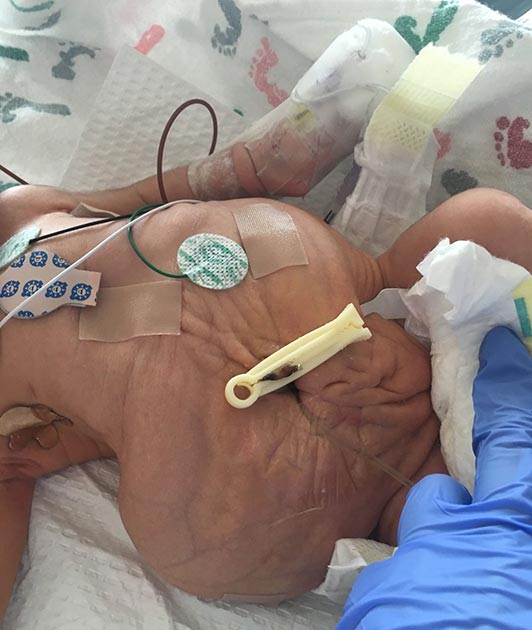
Beckwith-Wiedemann Syndrome (BWS)
This example of a rare disease shows a child with Beckwith-Wiedemann syndrome (BWS) undergoing tongue reduction surgery. BWS is an overgrowth disorder and is characterized by a wide spectrum of features including macroglossia, macrosomia, organomegaly, and abdominal wall defects. It is also associated with an increased risk of childhood cancers, most commonly hepatoblastoma and Wilms tumor. Patients with macroglossia can experience difficulties with breathing, feeding, or speech. Tongue reduction surgery can improve function and cosmesis.

Adult-onset Still’s Disease
Adult-onset Still’s disease (AOSD) is a rare systemic autoinflammatory disorder characterized by spiking fevers, an evanescent rash, and arthritis. The condition has an estimated incidence of 1.6 cases per 1 million people. This X-ray demonstrates intercarpal and carpometacarpal joint space narrowing, a distinct manifestation of AOSD arthritis.
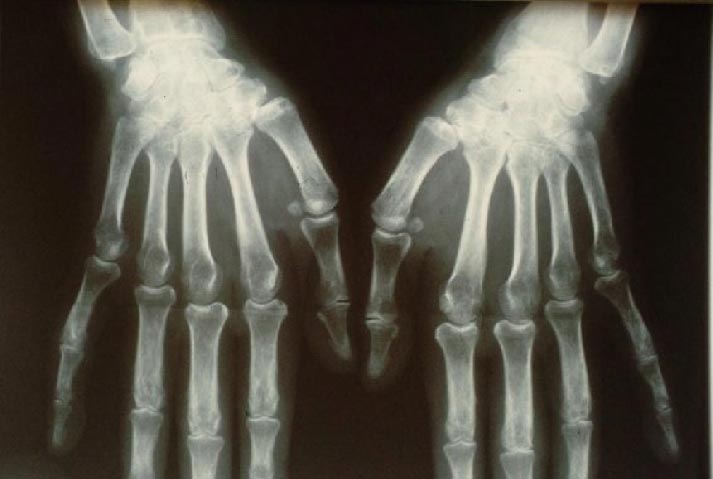
What is Being Done to Treat Rare Diseases?
Intense research is being completed to better understand and accurately diagnosis these rare diseases. There has been great progress made in the treatment of many of these disorders, but there is still much to be learned. Multiple institutions and research centers are dedicated to finding new cures and treatments for a number of rare medical conditions. The discussions happening on Figure 1 are also contributing to the treatment of these rare disorders. When more people know about them, they are less likely to be misdiagnosed as often.
Published February 2018
Join the Conversation
Register for Figure 1 and be part of a global community of healthcare professionals gaining medical knowledge, securely sharing real patient cases, and improving outcomes.
